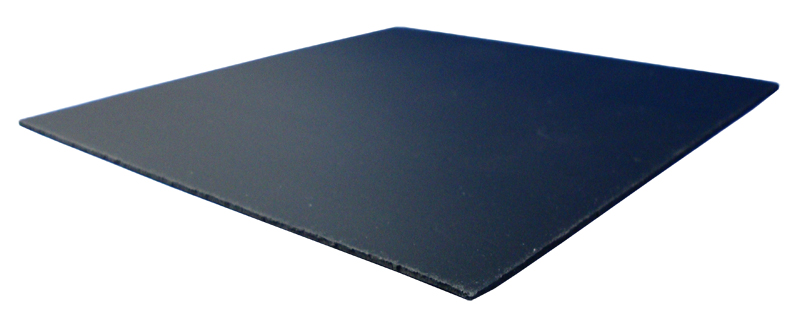
- #Mass loaded vinyl for walls install#
- #Mass loaded vinyl for walls driver#
Caulk all seams along with all floor and ceiling gaps with Acoustical Sealant and a caulk gun. Step 8 - Caulking Hang drywall over the Mass Loaded Vinyl, vertically or horizontally. Butt the seams tightly together and fasten with screws and washers or Figure 1 capped nails in an alternating pattern every 8”-10” butt seam along the stud as pictured. For an even better sound seal consider using a putty pad to seal the rear side of the junction box.ĭealing with seams and overlaps - continued from page 4 top plate Figure 1: When the sections of MLV meet together on a stud do not overlap. Using a utility knife, carefully cut the opening tightly to the edges of the junction box. Locate the electrical box in the wall and gently press the MLV against the box.
#Mass loaded vinyl for walls install#
It’s helpful to expose the outlet boxes as you install each length of MLV. Step 5 - Cutting Outlets Be sure not to cover electrical outlet boxes. This will help ensure the seams of additional sections remain parallel. Ensure that the section of MLV is straight and that the cut edge is parallel to the ceiling. Step 3 - Hanging MLV Installation Steps With the help of another person, position the first length of MLV in the top corner of the wall. Step 2c: Hold the T-Square firmly in place as you make your cut to ensure a clean, straight edge on the MLV section.
#Mass loaded vinyl for walls driver#
Mass Loaded Vinyl Tape Measure Utility Knife T-Square or Straight Edge Drill or Impact Driver Drywall Screws & Washers or Cap Nails Seam Tape Acoustical Sealant Caulk Gun Installation Steps Step 2a - Measure & Cut MLV Roll out the Mass Loaded Vinyl and measure out the length you need to cut for the section you’re applying. Subtract 1/8” - 1/4” from the measured length.
Step 1 - Measure Wall Measure the distance between the ceiling or top plate and the floor. Mass Loaded Vinyl is considered to be one of the most effective sound-blocking materials available. The weight and mass of MLV are achieved with a proprietary formulation giving MLV its heavy density while retaining flexibility. The key to success in isolating a room is attention to detail, and having an adequate mass to block the amount of energy you desire.Įditor's note: Yes, it is a bit of a rough transcript and grainy video, but it has pretty useful content.Mass Loaded Vinyl Installation Guide Mass Loaded Vinyl (MLV) is a heavy, vinyl sheeting material that is used to reduce sound transmission and unwanted noise. Remember, the 1% rule, and follow this method around the rest of the wall. Finally, after we have cut the barrier to a tight fit, we caulk around the perimeter with acoustical sealant. Next, we will show how the sound barrier is cut around outlets to protect the integrity of the acoustical seal around the outlet. The putty is also protection against fires in the wall cavities. Peel the protective layer away from the putty and pack it around the outlet box. These are designed to reduce leakage around electrical outlets or other sound penetration. Next is the installation of the acoustical fire stop putty pads. Shoot a staple about every eight inches to secure the barrier to the wall. You will need to get enough staples into the corner to hold it, or the vinyl will tear at the staple and fall down. Shoot in a few staples to help support the material. Get the sound barrier lined up and make sure you are square at the top and right edge. Since the material weighs 1 pound per square foot, you will need two people to lift the sheet and hold it in place. 
After you score it, you can separate it by tearing it apart. You do not have to cut entirely through the material. We typically use an 8-foot flat bar to guide the cut.
Using the utility knife, cut the sound barrier to size.  First, measure the length of the run you will be covering. A 1% opening in a wall loses 50% of the sound-deadening of the wall. The sound barrier material is 54 inches wide, so there will be some overlap in the upper and lower sheets. Installing a sound barrier is not tricky, but as part of an isolation project, it requires attention to detail. Stopping sound usually means absorbing it with mass
First, measure the length of the run you will be covering. A 1% opening in a wall loses 50% of the sound-deadening of the wall. The sound barrier material is 54 inches wide, so there will be some overlap in the upper and lower sheets. Installing a sound barrier is not tricky, but as part of an isolation project, it requires attention to detail. Stopping sound usually means absorbing it with mass






 0 kommentar(er)
0 kommentar(er)
